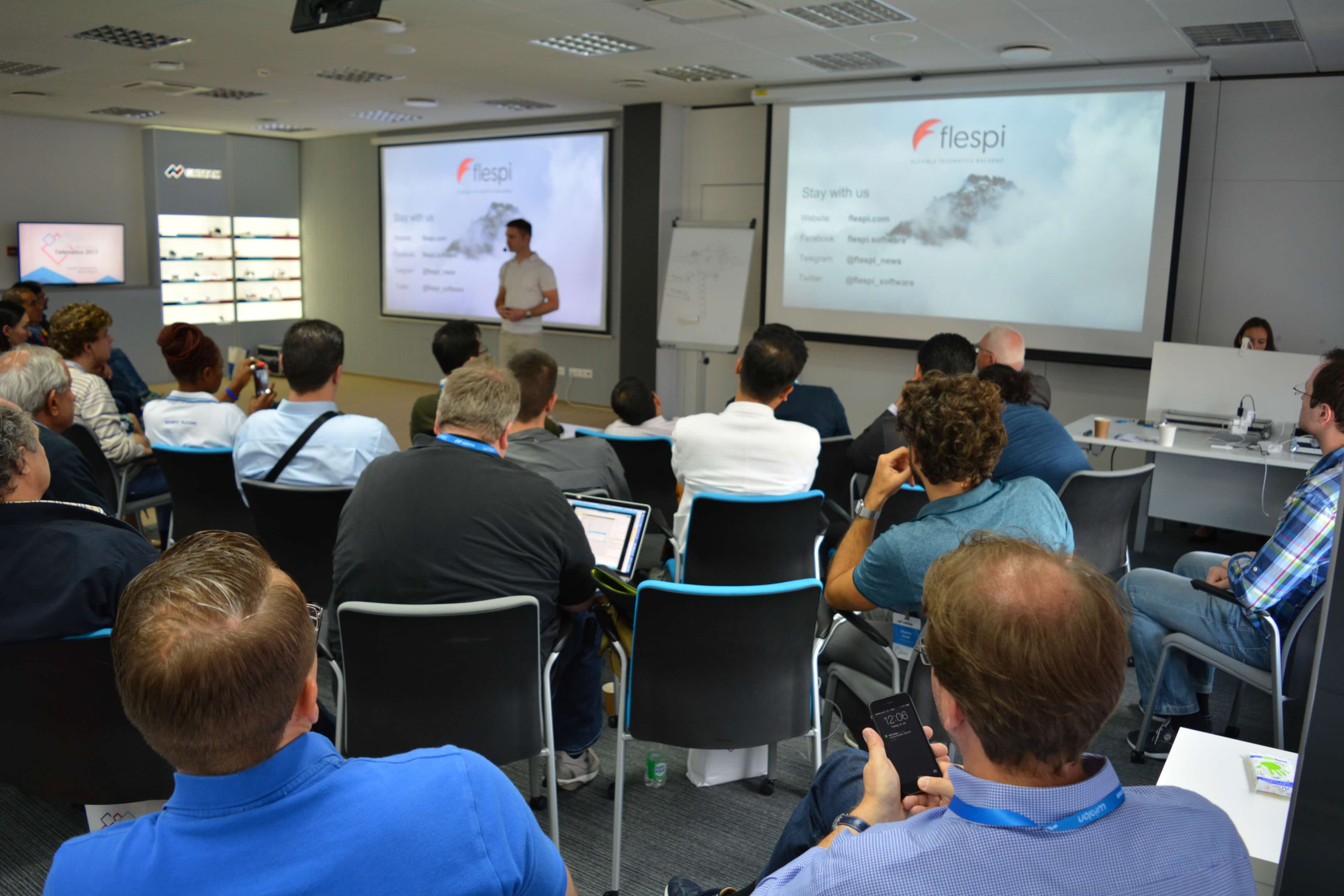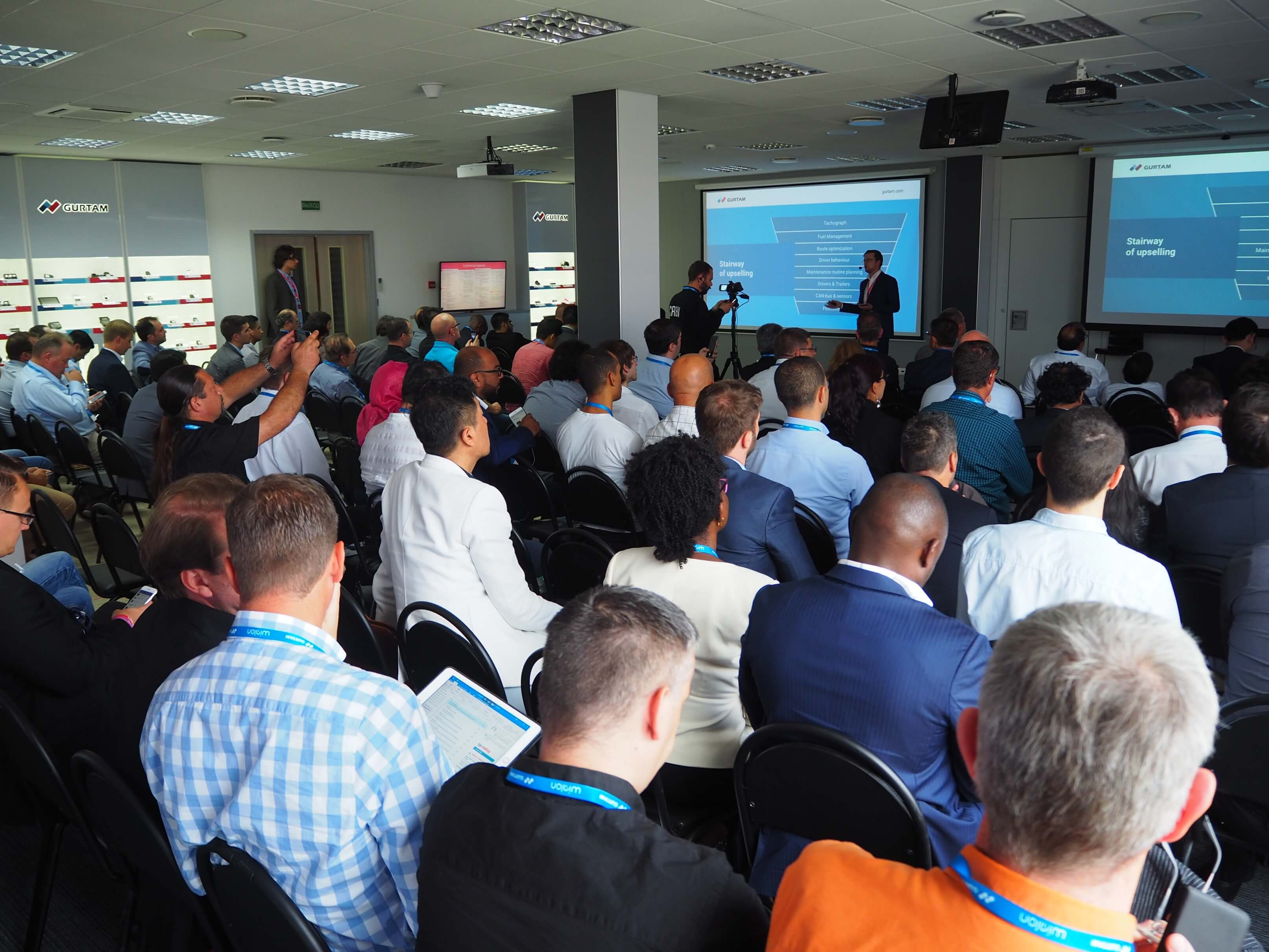Companies these days are not just a collection of functional departments, but also a collection of software modules automating operations of these departments with 81% of companies take advantage of the ERP software according to Panorama Consulting. On the other hand, although data is forecasted to migrate into cloud services, only 3 percent of IoT platforms offer cloud storage services tailored for IoT data. The business infrastructure is becoming more sophisticated and multi-layered with some technologies being quick to stick around and others lagging behind. Either way, being proactive and anticipating where the wind blows next will allow your business to gain a competitive edge and be the first to embrace and monetize change when it comes.
Aliaksei Shchurko, Gurtam CEO, underscores the importance for hardware integrators to add value by offering flexible software solutions during the Telematics 2017 international conference in Minsk on July 12-14:
With the pace of software development skyrocketing, the companies aiming to take the lead in the field cannot turn the blind eye to software-to-software interaction. Telematics of today is no longer limited to device-to-device connection, it already incorporates the communication at the level of software interfaces. We have to move towards application-to-application integration to meet the demands of the over-pampered audience.

Let’s look at some of the most trending directions in business development and see how integrators can fit in:
- ERP systems carry more and more components under the hood, embracing everything from supply chain management and finance to human resources and quality assurance. You want the data from tracking devices and sensors to be integrated into these company-wide systems for instant access and analytics since they are usually the drivers for most business decisions.
- Cloud. As the numbers above imply, cloud connectivity is still in its infancy, however, its potential is huge and competition is not yet fierce making it an attractive niche to get the foot in the door.
- Social. “Share and conquer” principle is relevant as never before in the world of shared resources and shared economy. Consider the ways in which your data can be reused or repurposed by other companies or individuals. And even though data has a significant shelf life, real-time availability multiplies its value, and social media and other instant communication media can favor both you and your customers.
- Mobile. The data and the devices should be available for management from a handheld device by a maintenance specialist and for access by an end customer on the go. Supporting multiple types of devices increases service usability, which your customers will definitely appreciate.

The trends discussed above are global, but their pace and scope of penetration vary across industries. The vector identified at the Telematics 2017 conference is to explore adjacent and related markets, give a closer look to the sectors of economy your target audience is concentrated in, investigate their needs and wants, and at least have an action plan to follow as the situation unfolds.